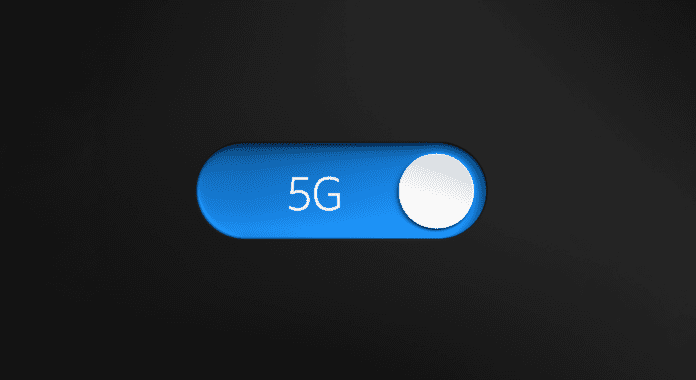Ericsson said the downlink peak rate of nearly 4.4 Gbps was reached by combining 20 megahertz of AWS, 80 megahertz of CBRS and 200 megahertz of C-band
Ericsson and MediaTek said they have successfully merged four channels – one FDD and three TDD – to deliver a downlink speed of 4.36 Gbps, the highest known speed based on this band combination.
In a release, the Swedish vendor said this four-component carrier (4CC) aggregation combination will increase the 5G deployment options for communications service providers by blending different frequency bands.
In an interoperability development test (IoDT), the two companies completed the 5G data call using one low-band and three mid-band channels in the sub-7 GHz frequency range (FR1) bands, where most 5G data traffic is typically carried.
Ericsson also noted that its new flexible carrier aggregation solution will allow opertors to maximize use of available spectrum assets to deliver high-quality 5G connectivity.
Sibel Tombaz, head of product line 5G RAN at Ericsson Networks, said: “Carrier aggregation is crucial to getting the best possible 5G performance out of scattered spectrum assets. At Ericsson, we are persistently exploring all possible frequency band combinations to boost capacity and coverage. We have also shown that carrier aggregation is a game changer when it comes to optimizing the combined bandwidth of allocated spectrum assets to deliver higher date rates for a greater number of users.”
HC Hwang, general manager of wireless communication system and partnership at MediaTek, said: “The technology milestone shows MediaTek continues to be at the forefront of NR CA innovation, developing and testing the next generation of 5G SA technologies in close collaboration with industry partners such as Ericsson, ready to integrate into our leading 5G modems.”
Ericsson also explained that carrier aggregation provides the unique capability to combine many frequency bands, adding that the combination of FDD spectrum with TDD spectrum will enable more users to benefit from carrier aggregation gains.
The downlink peak rate of nearly 4.4 Gbps was reached by combining 20 megathertz of AWS (Advanced Wireless Service) band, 80 megahertz of CBRS (Citizens Broadband Radio Service) band and 200 megahertz of C-band spectrum, the vendor said.
The test was carried out using MediaTek M80 5G modem, Ericsson’s Baseband 6648, TDD massive MIMO radios AIR3268, AIR3239, and TDD Radio 4426.

